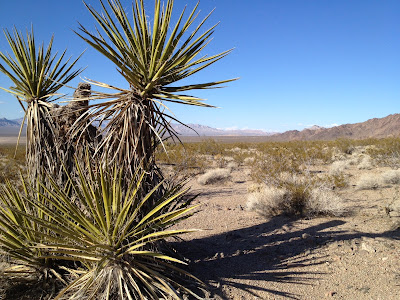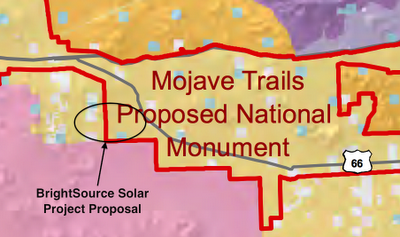Saving Ivanpah

The US Fish and Wildlife Service (FWS) in 2011 recommended that no further large-scale development be permitted in the Ivanpah Valley, warning that destroying more desert habitat in the area could sever or impair a critical linkage between desert tortoise populations, according to its Biological Opinion . According to the FWS: If development in the Ivanpah Valley severed population connectivity, it would essentially isolate the Eldorado Valley population from the rest of the recovery unit. We recommend that the Bureau amend the necessary land use plans to prohibit large- scale development (e.g., solar energy facilities, wind development, etc.) within all remaining portions of the Ivanpah Valley to reduce fragmentation within the critical linkage between the Ivanpah Critical Habitat Unit and the El Dorado Critical Habitat Unit. This recommendation was issued after the Department of Interior approved two large solar projects (ISEGS and Silver State North) and a high-speed rail line...



